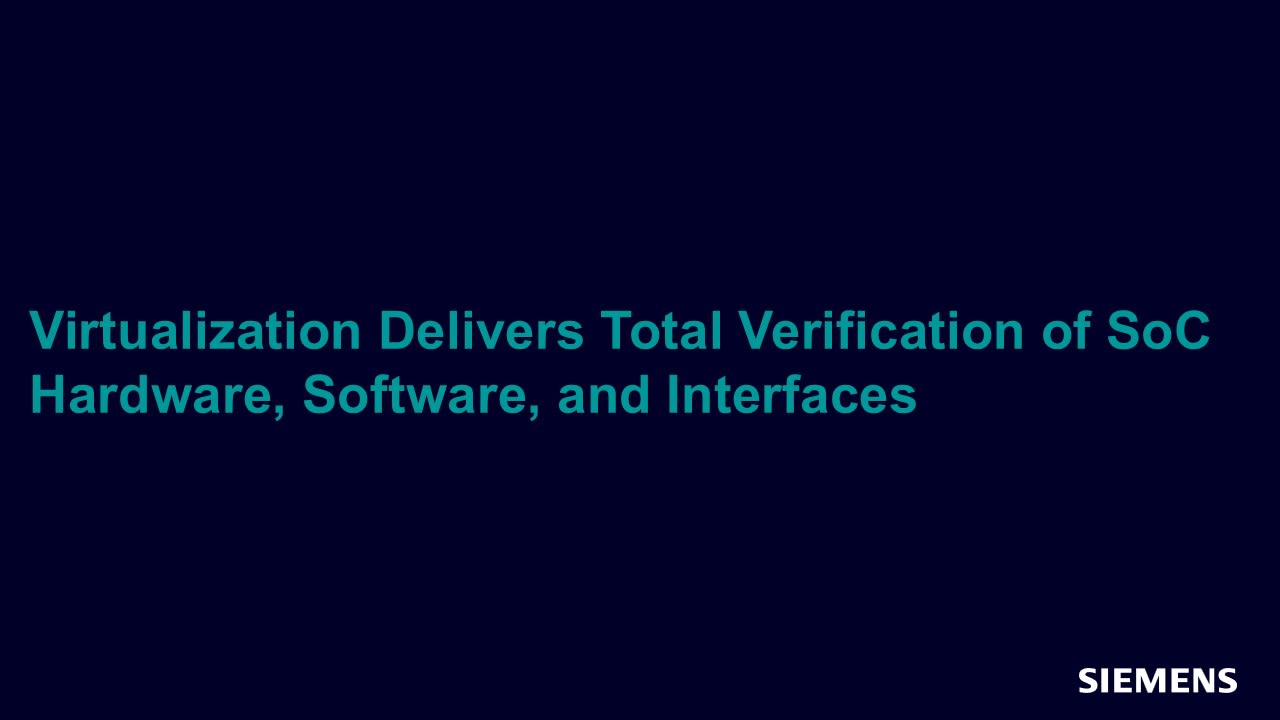Virtualization Delivers Total Verification of SoC Hardware, Software, and Interfaces
With the majority of designs today containing one or more embedded processors, the verification landscape is transforming as more companies grapple with the limitations of traditional verification tools. Comprehensive verification of multi-core SoCs cannot be accomplished without including the software that will run on the hardware. Emulation has the speed and capacity to do this before the investment is made in prototypes or silicon.

Full-access members only
Register your account to view Virtualization Delivers Total Verification of SoC Hardware, Software, and Interfaces
Full-access members gain access to our free tools and training, including our full library of articles, recorded sessions, seminars, papers, learning tracks, in-depth verification cookbooks, and more.